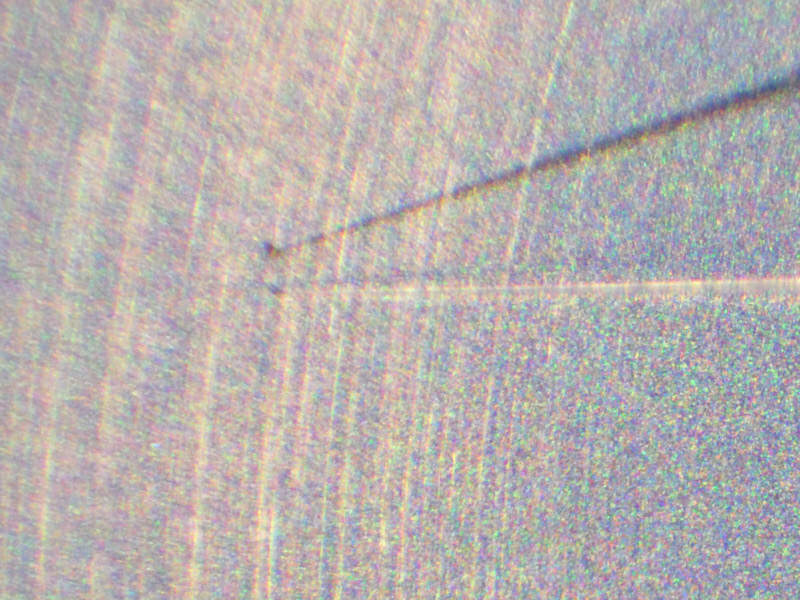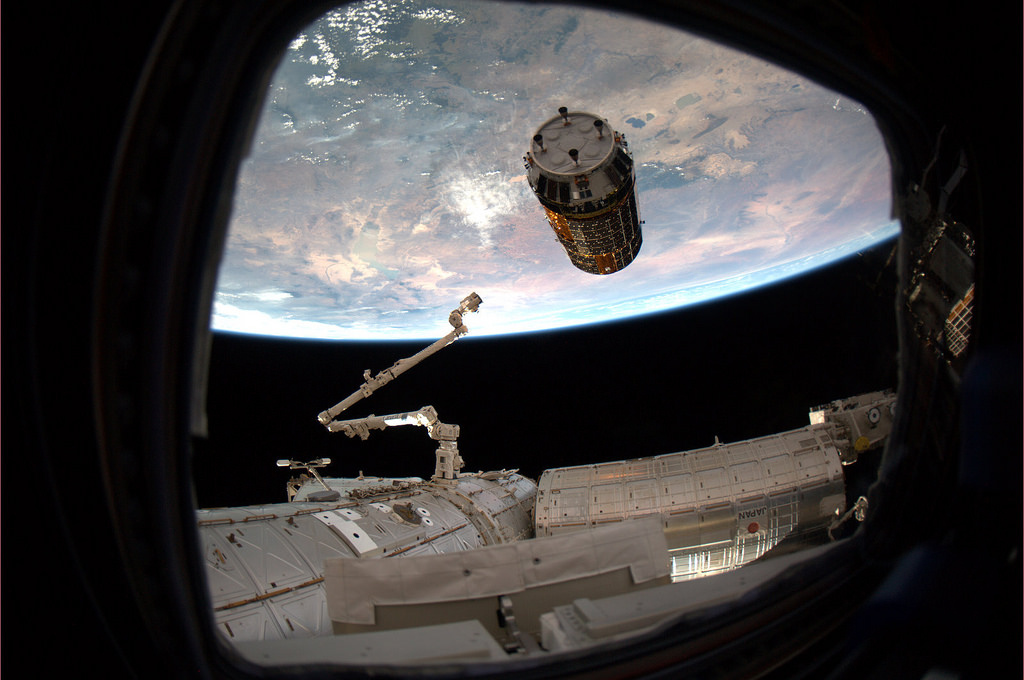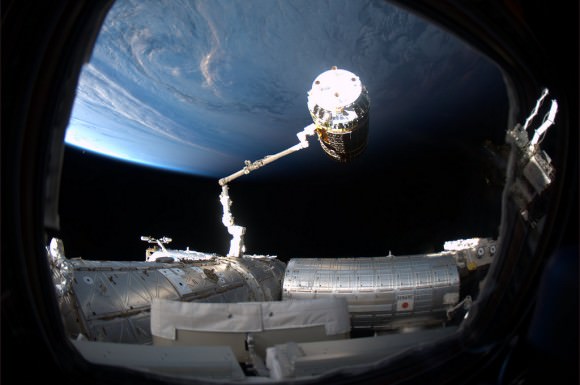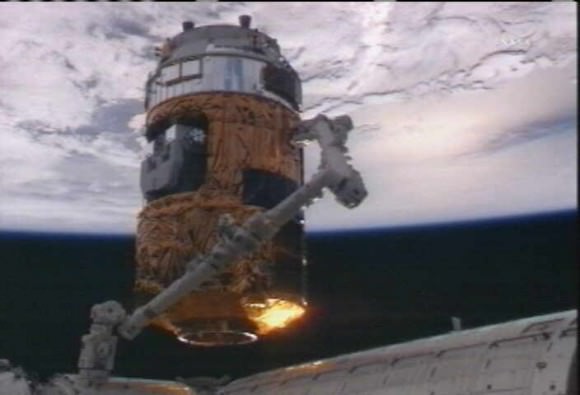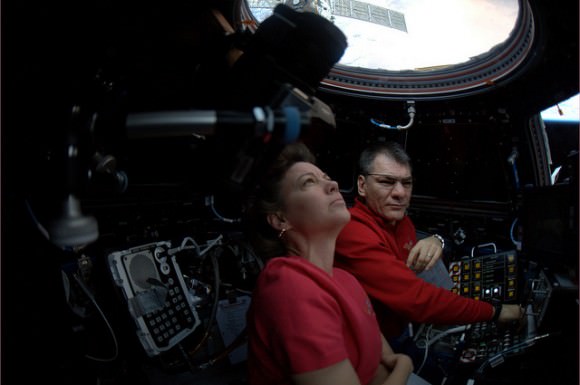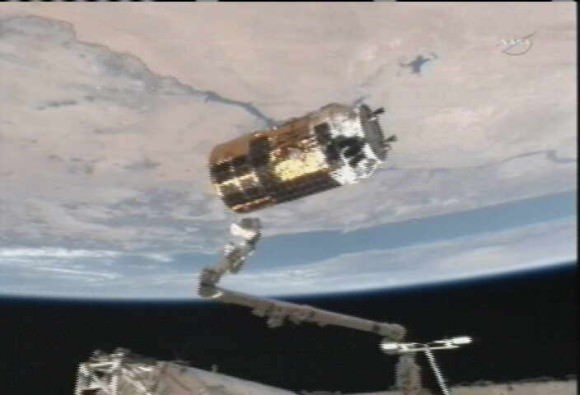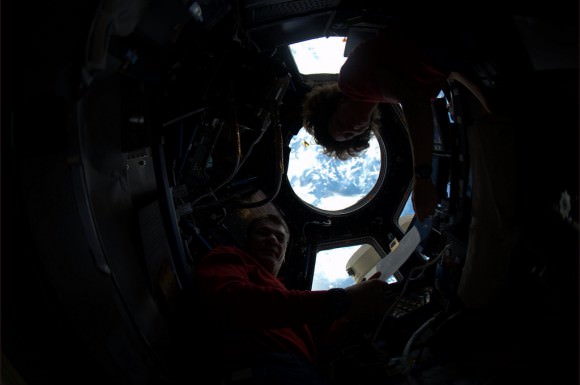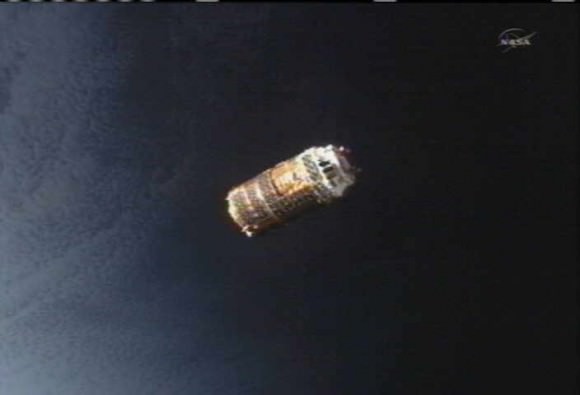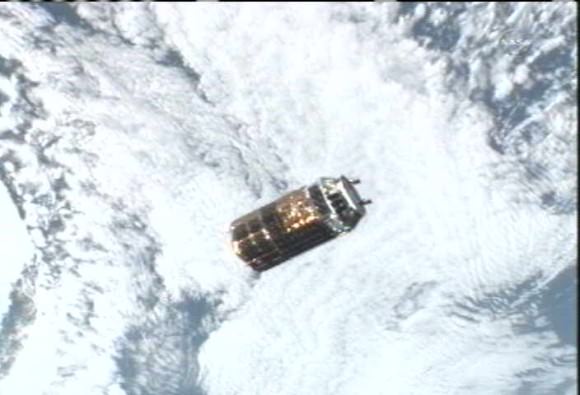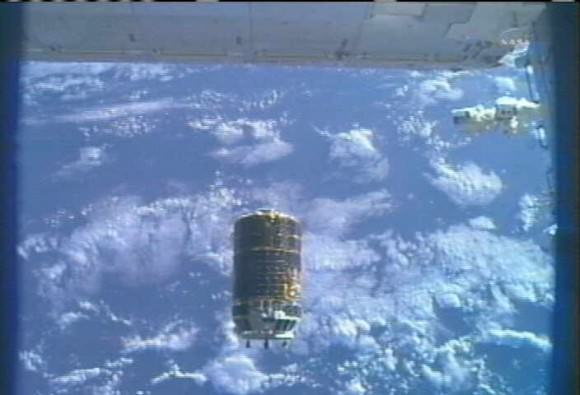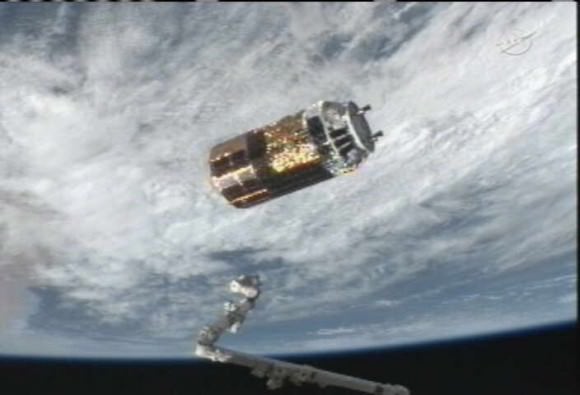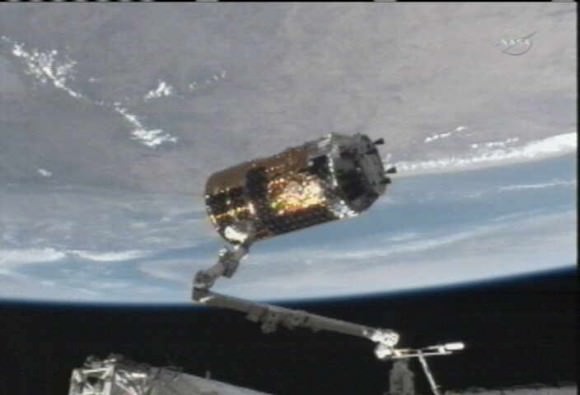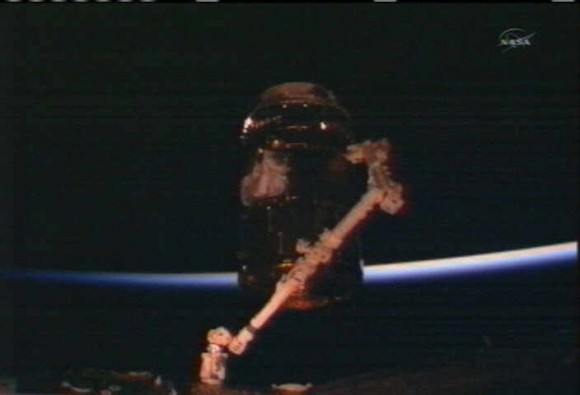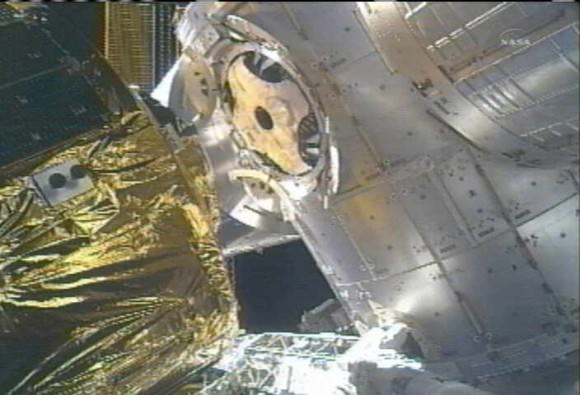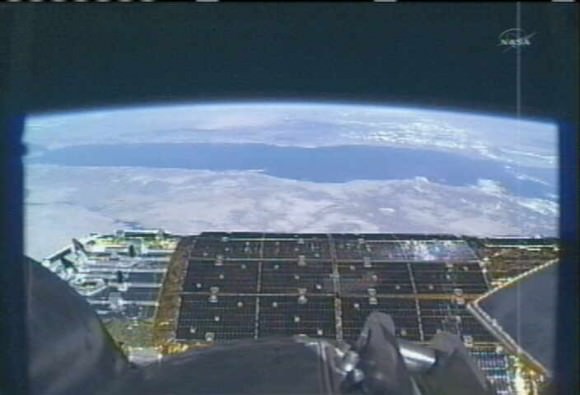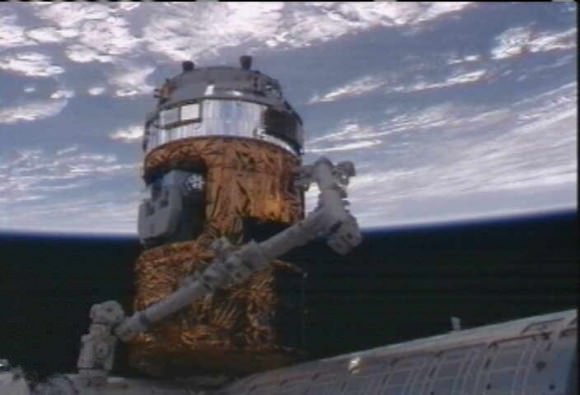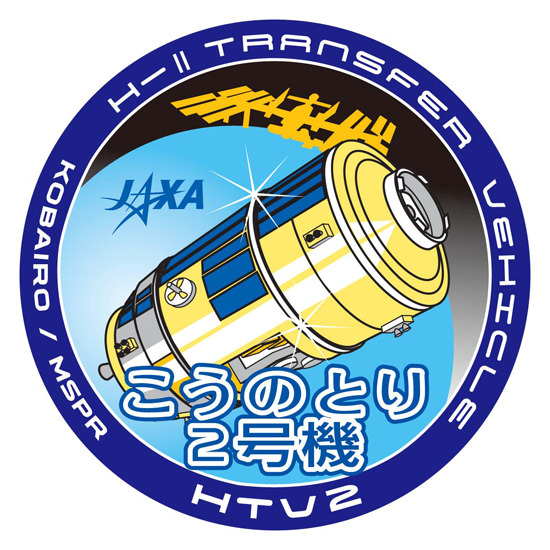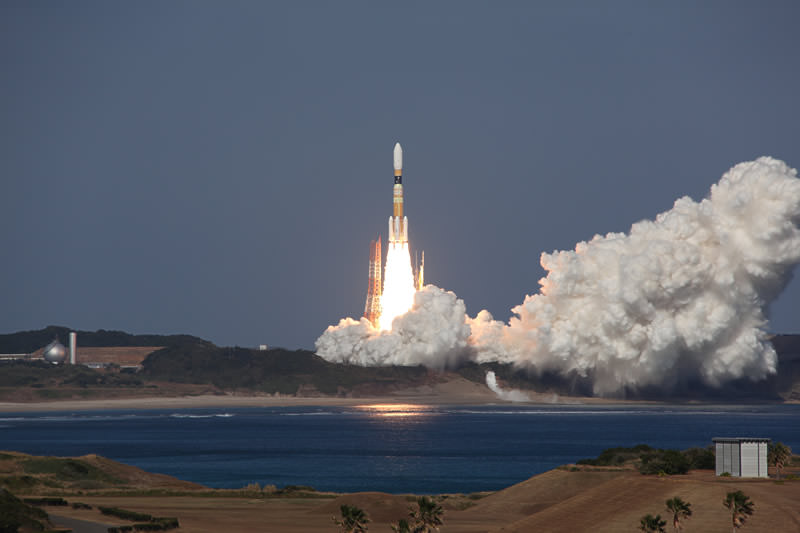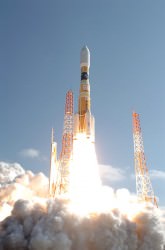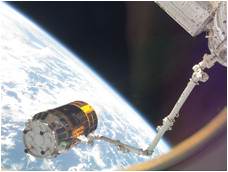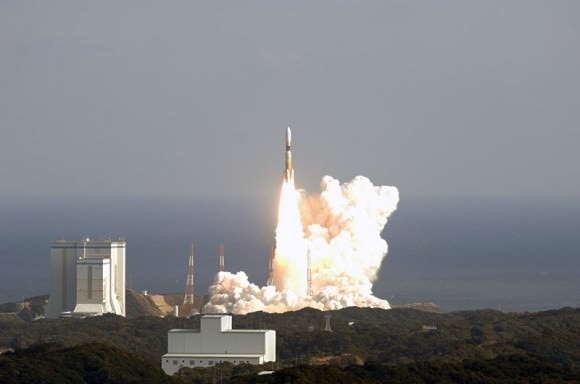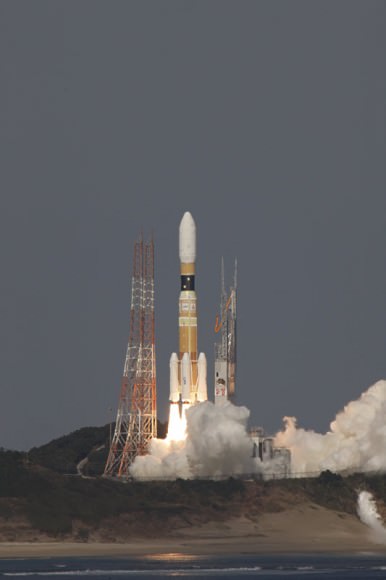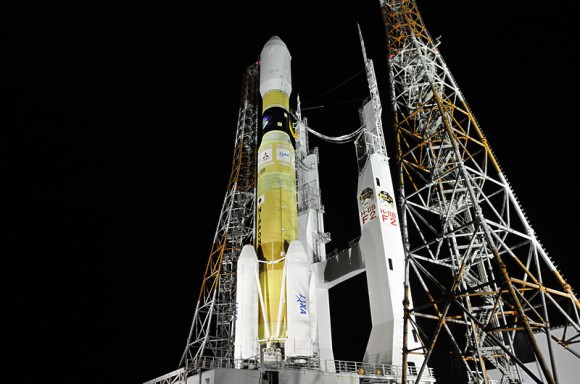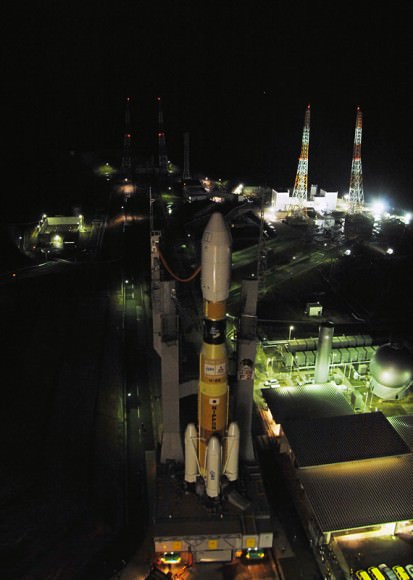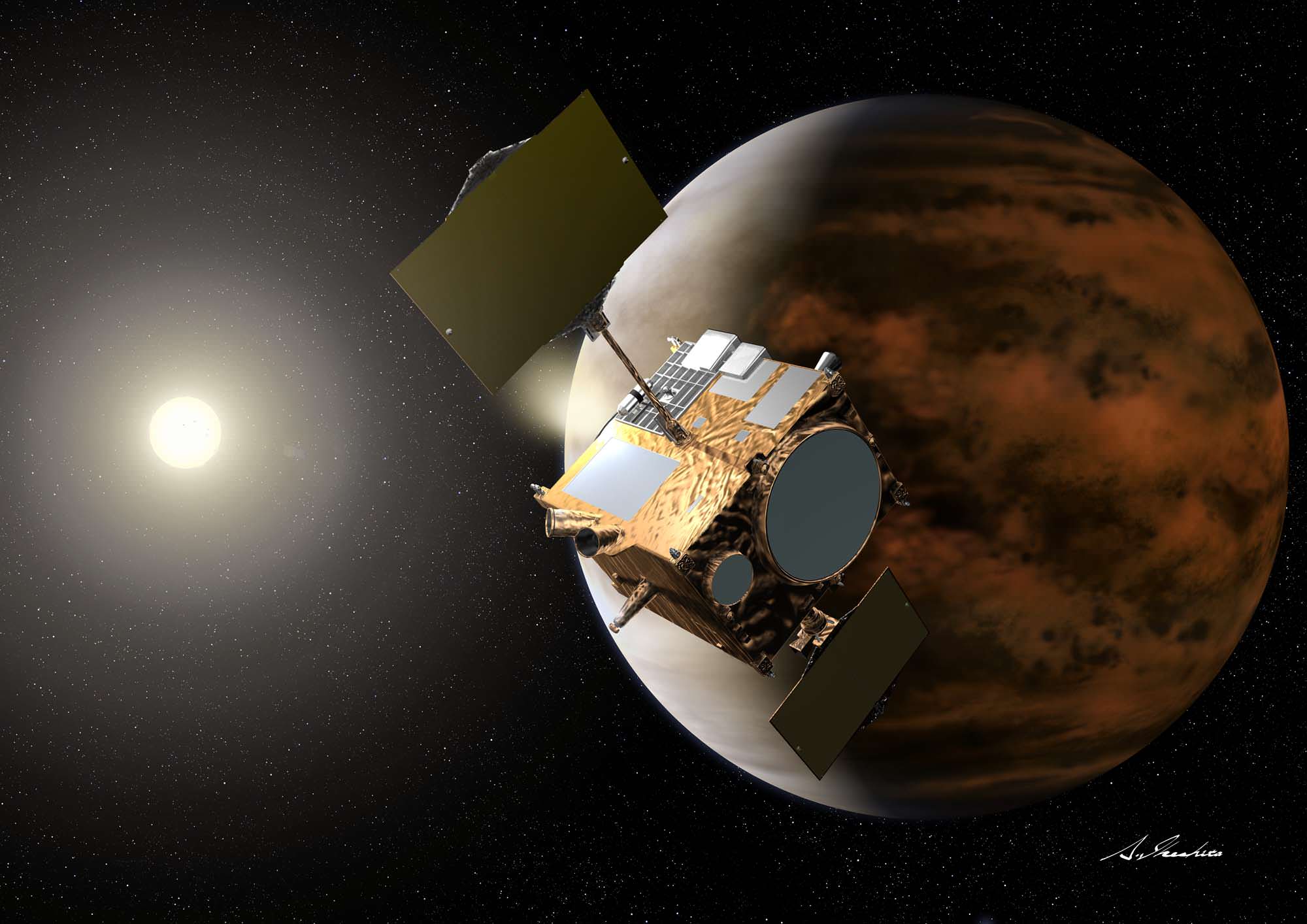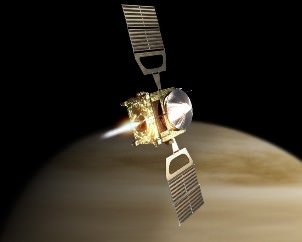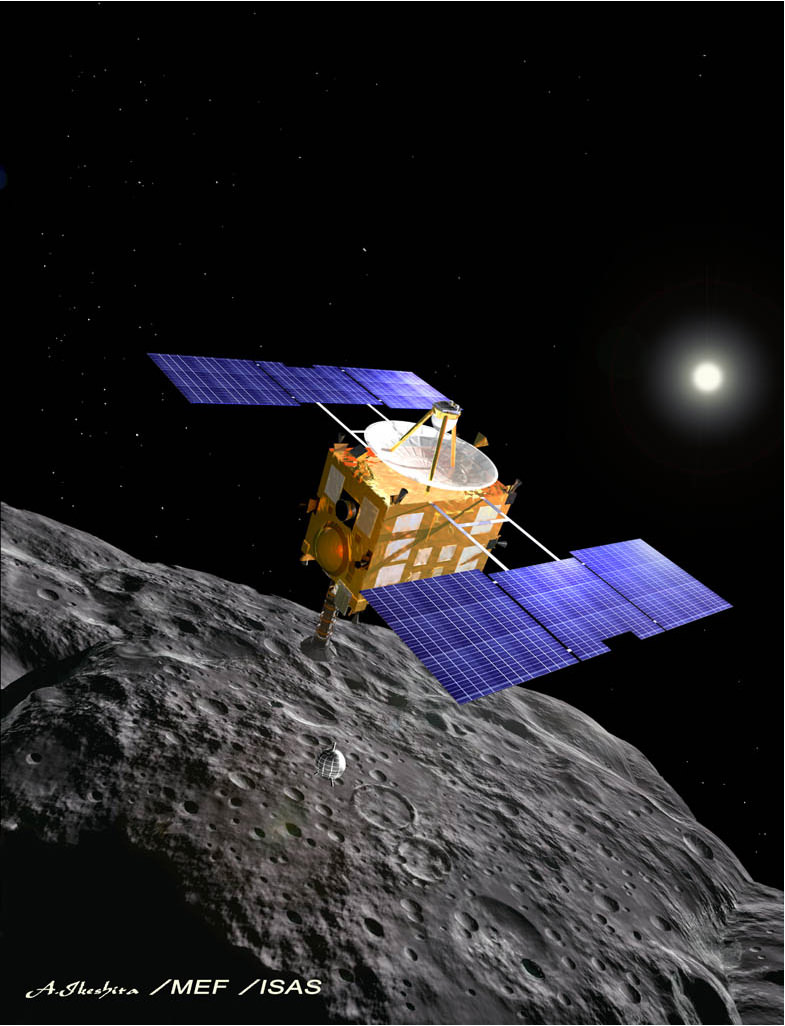[/caption]
The large particle accelerator being used in to analyze the asteroid samples returned by the Hayabusa spacecraft was damaged by the March 11 earthquake in Japan, but the high energy accelerator at the KEK particle-physics laboratory will be repaired, according to this report on a Japanese website. An announcement on the KEK website said that all accelerators and experimental devices were stopped immediately “after the first shake” of the historic earthquake. “We have confirmed the radiation safety, and no hazard to the environment has been reported,” the announcement said. “Also there are no reports of casualties on both Tsukuba and Tokai campuses.” Tsukuba is in the mid-latitudes of Japan, about 50 km from Tokyo.
Apparently, the tiny asteroid particles are safe, but an official at KEK was quoted as saying (via Google Translate) “The accelerator needs to be adjusted very precisely. To suffer this much, but it takes time to recover, want to lose to the earthquake recovery.”
But the repairs to the accelerator may take a back seat to the current situation in Japan. The city of Tsukuba is going to take in refugees from Fukushima prefecture, where the heavily damaged nuclear reactor is located and the KEK facilities will provide support for radiation screening for the refugees upon their arrival.
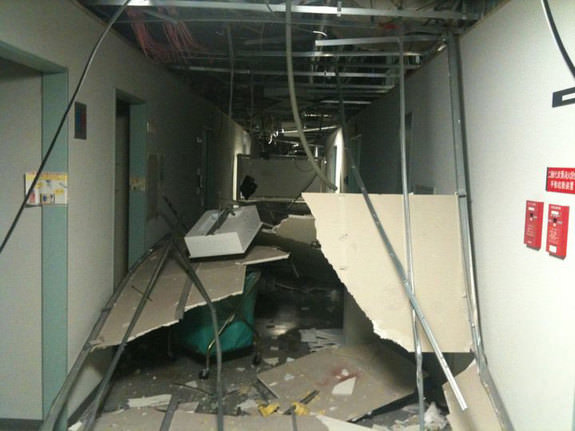
Tsukuba is also home to the space center that oversees Japan’s Kibo laboratory on the International Space Station, as well the JAXA’s unmanned cargo ships that deliver supplies on orbit. The space center was slightly damaged, and for awhile NASA’s Mission Control in Houston took over operations remotely. According to Robert Pearlman on collectSPACE, several of the Japanese flight control team members and flight directors from the Tsukuba Space Center happened to be in Houston when the quake struck, preparing for the Expedition 27 crew rotation, as astronaut Satoshi Furukawa will be heading the ISS in May. However, operations from the mission control rooms were resumed at 4:00 p.m. on March 22, 2011.
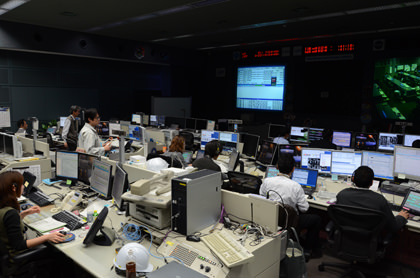
Another center, the Kakuda Space Center, located in the Miyagi region close to the most serious effects of the earthquake and tsunami, was heavily damaged, and is closed with no timetable for reopening. The Kakuda center is JAXA’s rocket development and testing center and is Japan’s equivalent of the Stennis Space Center in Mississippi.
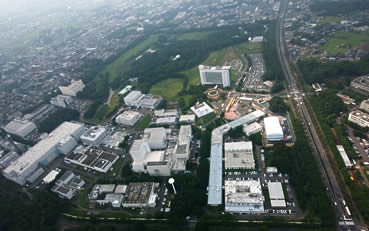
Additionally, the ground-breaking ceremony for a new type of particle smasher known as a “super B factory” in Tsukuba has been postponed. Japan had invested $100 million to transform the KEKB collider in Tsukuba, into a Super KEKB, which will smash electrons into positrons at 40 times the rate of the current accelerator.
Just before the quake, the Japanese Space Agency JAXA had announced they are planning a second Hayabusa mission with an explosive twist. The second mission to an asteroid probe will include an impactor that detonates an explosive on the asteroid’s surface, similar to the Deep Impact mission.
The launch was tentatively planned for launch in 2014, heading to a space rock catalogued as 162173 1999 JU3. The probe would land on the surface and, collect samples before and after the impactor blasts its way to the asteroid’s interior.
Despite the problems Hayabusa encountered along its arduous journey to and from asteroid Itokawa –including thruster, communications, gyro and fuel-leak problems, as well as uncertainty whether the probe landed on the asteroid – JAXA and the Japanese people were buoyed by the success of Hayabusa.
It is not clear how the tragic earthquake and tsunami will affect future space missions for Japan, but obviously the country has more important issues ahead of them. May the spirit of the Japanese people be lifted again.
Sources: NHK,, KEK , collectSPACE, Moon and Back, JAXA
Hat tip to Emily Lakdawalla via Twitter.

